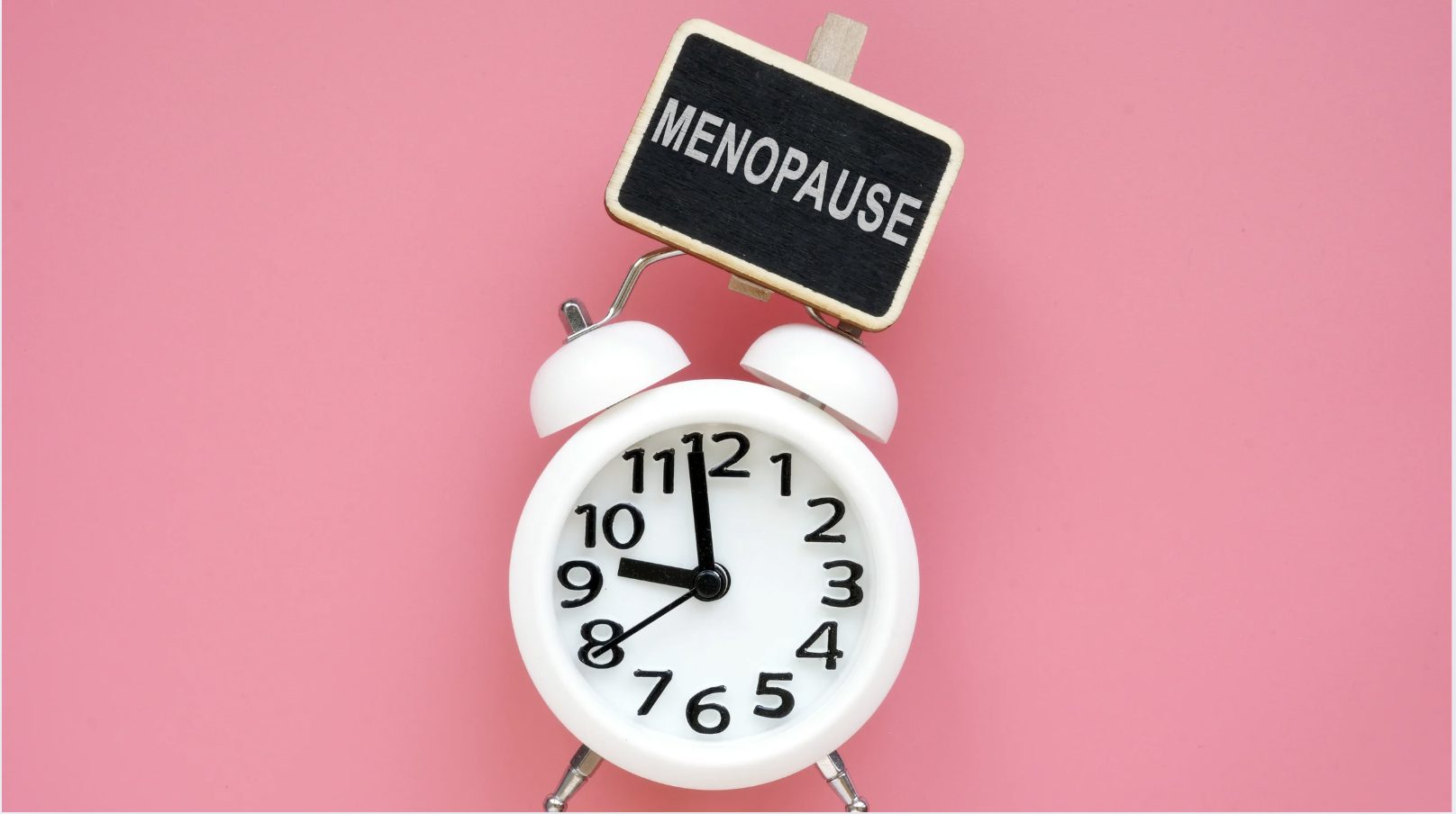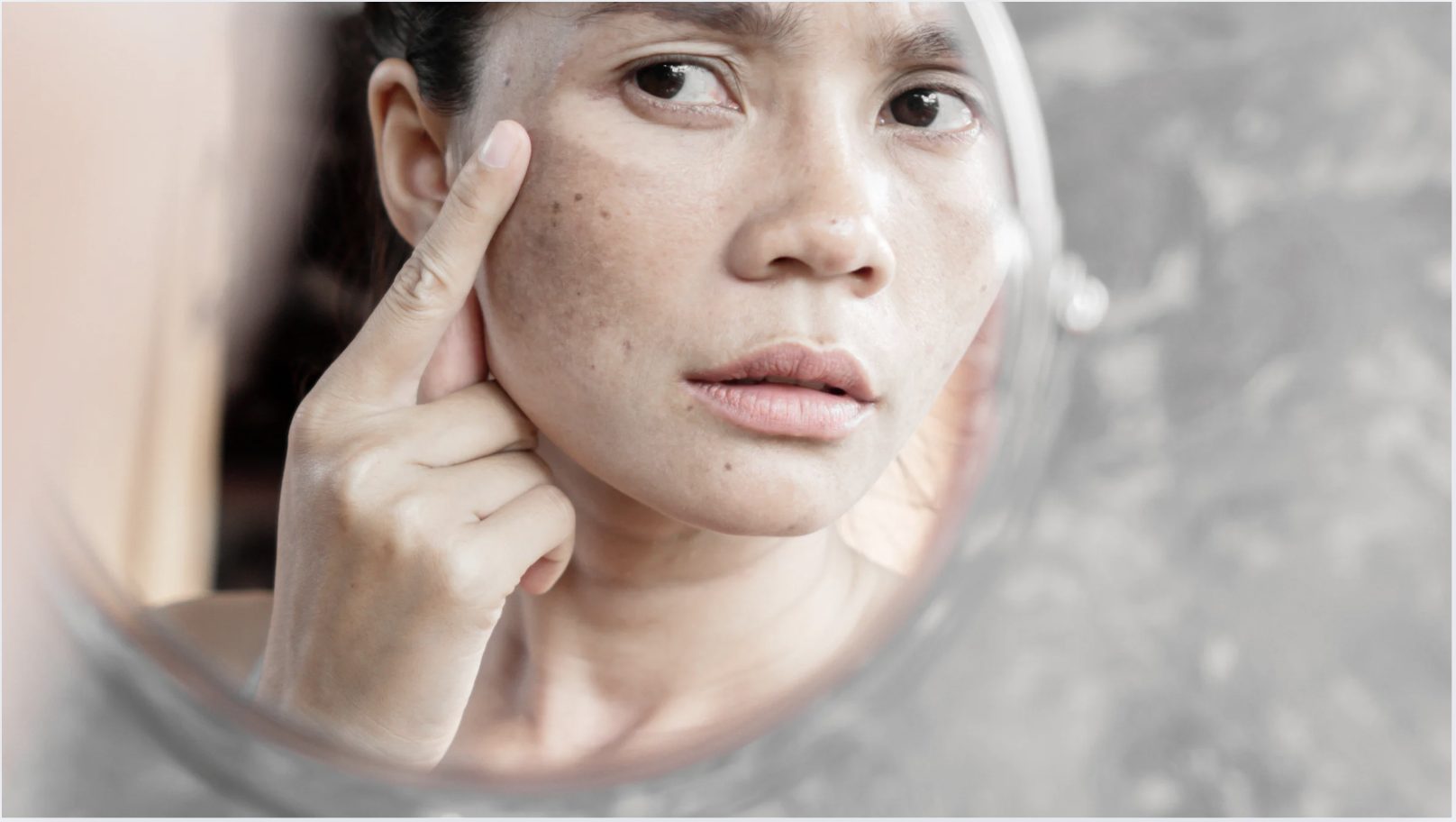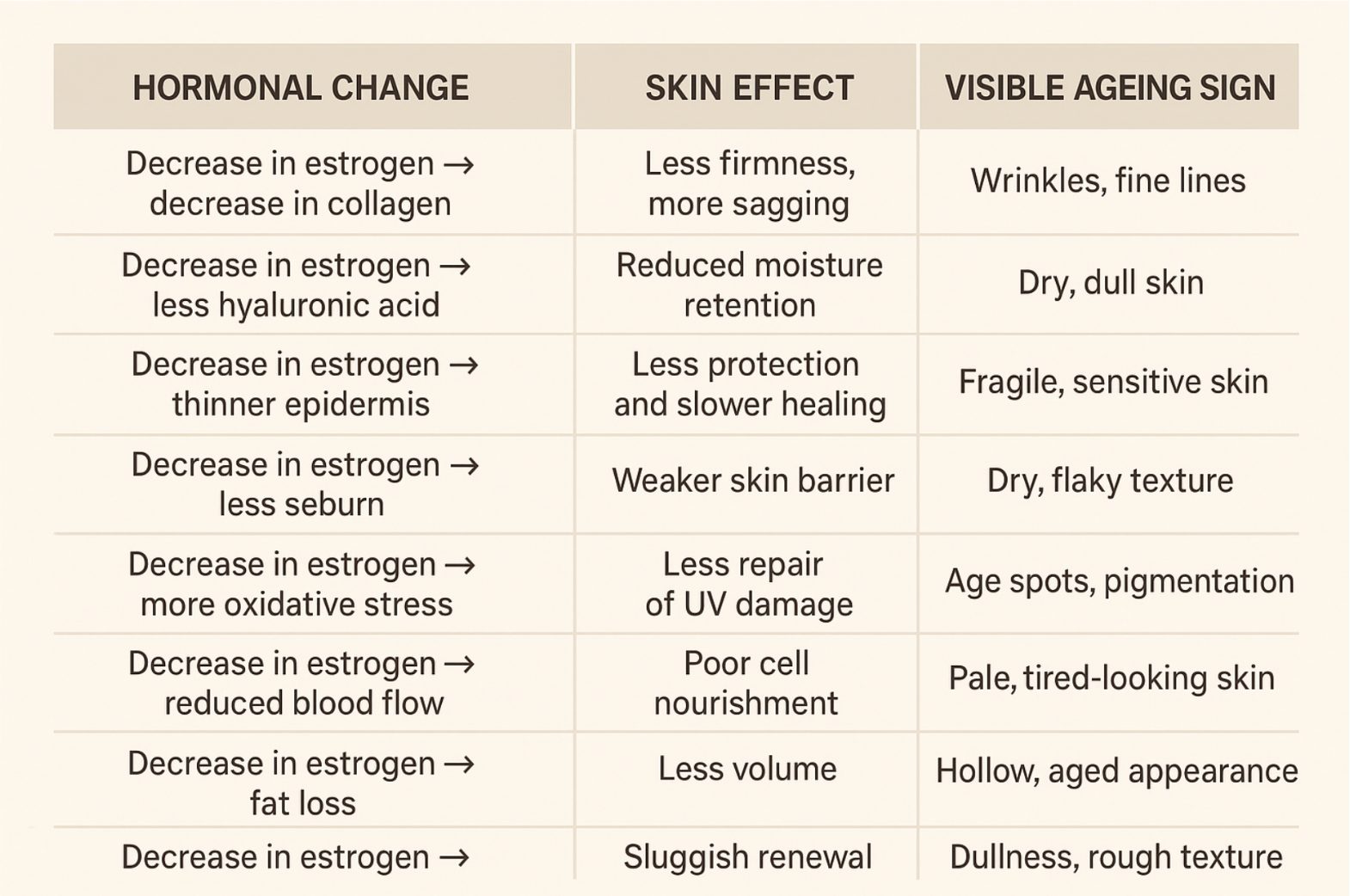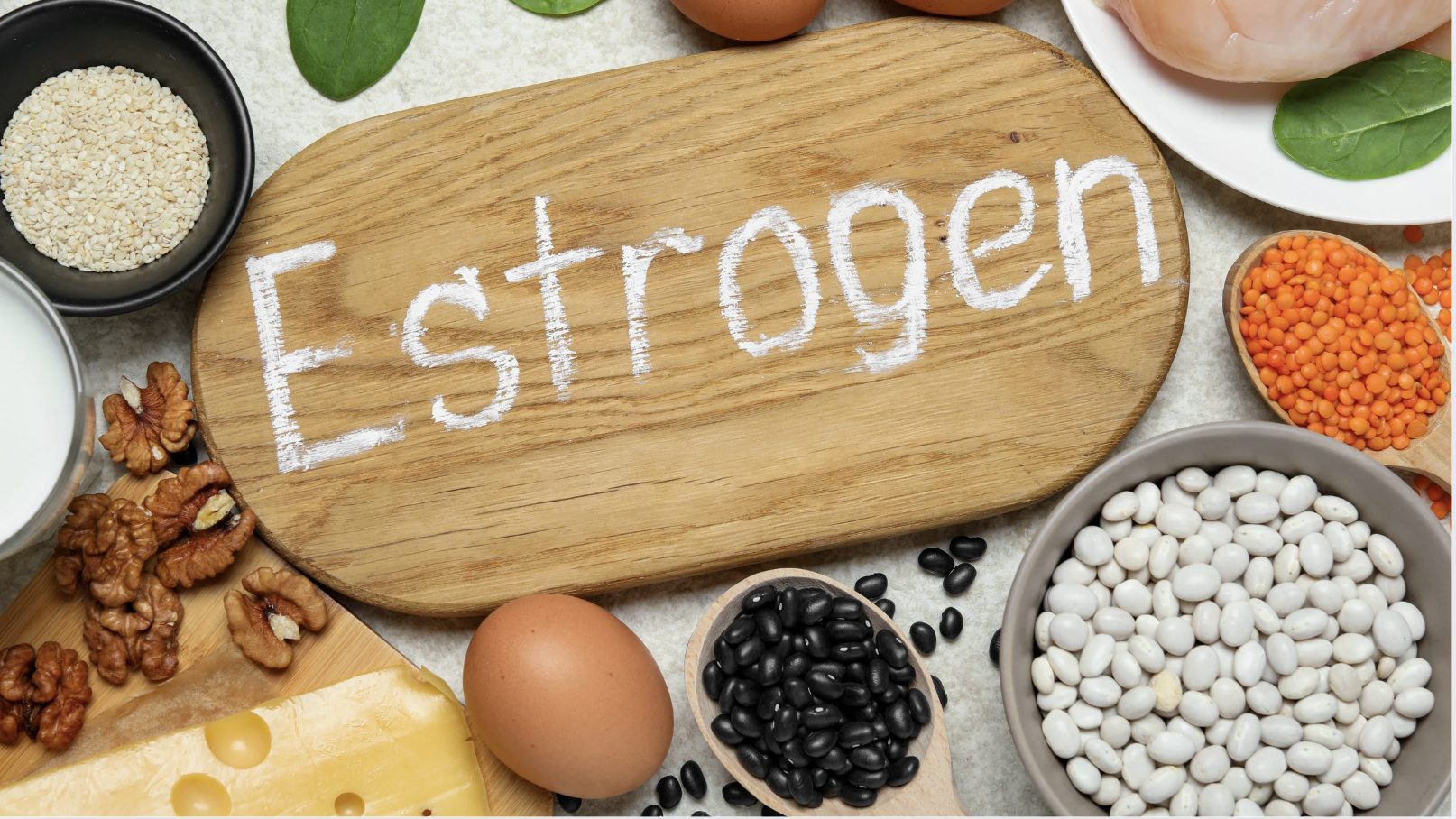
No, menopause does not cause ageing. In fact, menopause itself is caused by the body’s natural ageing process. However, what it does cause is a cascade of hormonal changes that directly lead to visible signs of skin ageing—often making you look older, faster.
So, what’s actually going on beneath the surface? And more importantly, what can you do about it?
As women age, their ovaries gradually reduce the production of reproductive hormones—primarily estrogen and progesterone. This decline is part of the natural ageing process, and once hormone levels drop to a certain point, menopause occurs.
So while menopause doesn’t trigger ageing itself, it triggers processes in the body—especially in the skin—that make ageing much more noticeable.
During menopause, the ovaries stop releasing eggs and produce significantly less estrogen and progesterone. These hormonal changes impact many systems in the body, but estrogen’s role in maintaining skin health is particularly crucial.
Estrogen supports:
When estrogen levels fall, the skin begins to show signs of ageing that were previously kept at bay. While ageing is a continuous process, menopause dramatically accelerates its visibility in your skin.

Yes—Especially in Your Skin
Although menopause affects many areas of health, the skin is one of the first—and most visible—places to show the effects. Here’s how the hormonal decline during menopause impacts each layer of your skin:
The epidermis becomes thinner due to decreased cell turnover. Estrogen typically helps maintain a healthy skin barrier and hydration. Without it, the skin loses its ability to retain moisture, resulting in:
This is where the most dramatic ageing signs occur. Estrogen promotes collagen synthesis—the protein that gives skin its firmness and structure. In the first five years after menopause, collagen levels drop by up to 30%.
The result?
Additionally, the reduction in elastin—another structural protein—means your skin doesn’t “bounce back” the way it used to.
The fat layer under the skin thins out, leading to a hollowed or sunken appearance, especially around the eyes and cheeks. This contributes to:
All of these changes add up quickly, which is why many women feel like they’ve aged “overnight” after menopause.

As women approach menopause, one of the most dramatic changes in the body is the sharp decline in estrogen levels. Estrogen isn’t just a reproductive hormone—it plays a critical role in maintaining the health and appearance of the skin. When it drops, a cascade of changes begins in all layers of the skin, leading to the visible signs of ageing.
Let’s explore this step-by-step to understand how hormone changes during menopause affect your skin.
Estrogen stimulates fibroblasts, the cells responsible for producing collagen and elastin—the proteins that give your skin its structure, firmness, and elasticity.
After menopause, collagen production drops by up to 30% in the first 5 years. Collagen continues to decline at around 2% per year after that.
What this causes:
Estrogen also boosts the skin’s ability to retain water by increasing the production of hyaluronic acid and maintaining glycosaminoglycans (GAGs)—compounds that help the skin hold moisture.
Without enough estrogen:
What this causes:
Estrogen helps regulate keratinocyte proliferation in the epidermis and maintains the thickness of the dermal layer. When hormone levels drop:
What this causes:
Estrogen regulates sebaceous glands, which produce sebum (natural oil). During and after menopause, the drop in estrogen reduces sebum production, especially in women with already dry or combination skin types.
What this causes:
Estrogen has antioxidant properties that help neutralize free radicals. After menopause, with less estrogen, the skin becomes more vulnerable to:
Over time, this oxidative stress leads to:
What this causes:
Estrogen supports healthy blood flow to the skin by keeping capillaries dilated and flexible. A decline in estrogen leads to reduced microcirculation, which decreases nutrient and oxygen delivery to skin cells.
What this causes:
Estrogen also influences the distribution and maintenance of fat in the subcutaneous (hypodermis) layer of the skin. When estrogen drops:
What this causes:
Estrogen helps regulate cell turnover, especially in the basal layer of the epidermis. A reduction in estrogen slows down the rate of keratinocyte regeneration, which is essential for youthful-looking skin.
What this causes:
It’s a hormonal domino effect. Estrogen is like the architect and caretaker of youthful skin. When it leaves the building, structural integrity declines, and the effects show up quickly.

While you can’t stop menopause (or signs of ageing), you can take proactive steps to slow down or even reverse the skin changes it causes. Here’s how:
HRT replenishes estrogen levels and can dramatically improve skin thickness, hydration, and collagen levels. Studies show that women on HRT often have younger-looking skin than those who are not.
Note: HRT isn’t for everyone, so discuss it thoroughly with your healthcare provider to weigh the risks and benefits.
Look for products that support skin structure and hydration:
Don’t forget daily SPF 30 or higher, as sun damage compounds menopause-related skin ageing.
Eat foods that support hormone balance and skin repair:
Drink plenty of water to maintain skin moisture from the inside out. Dehydrated skin exaggerates fine lines and dullness.
Stress increases cortisol, which breaks down collagen. Sleep is when your skin repairs itself, so aim for 7–9 hours of restful sleep each night.
While you can’t fully stop hormonal decline, you can take steps to slow or reverse the skin ageing effects of menopause:
These can complement your skincare routine for optimal results. Speak with us to find out how we can help you manage the signs of ageing.
LA SOURCE SPA
Thank you for contacting La Source Spa. How can we assist you today?
Are you making enquiry about Does Menopause Cause Ageing??
WhatsApp Us
Online | Privacy policy
Chat Now